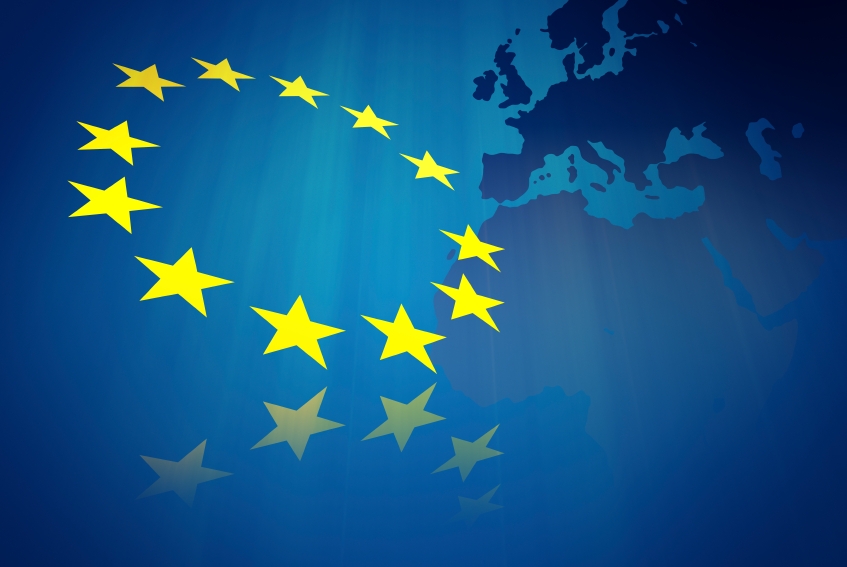NANOMATERIALS EU LEGAL FRAMEWORK
Nanomaterials consist of very small particles that cannot be observed by the human eye and can be present in nature or may be manufactured and added to consumer products in order to provide specific properties. The very small size of these materials provides special physical and chemical properties (e.g., color change when compared to non-nano form), but it can also influence the hazard properties of a specific nanomaterial. This means that some nanomaterials may have potential intrinsic hazards that are not observed in their non-nano form.
According to the European Regulation (EC) No 1223/2009 on cosmetic products (‘Cosmetics Regulation), nanomaterial means “an insoluble or biopersistent and intentionally manufactured material whit one or more external dimensions, or an internal structure, on the scale from 1 to 100 nm”. However, this definition may suffer adjustments in time by the Commission, according to the constant technical and scientific developments in the field of nanotechnologies.
Cosmetic products containing nanomaterials must follow specific regulatory provisions. For every cosmetic product that contains nanomaterials, a high level of protections of human health shall be ensure. So, when notifying a cosmetic product, the presence substances in the nano form needs to be identified. The cosmetics containing nanomaterials must be notified by the Responsible Person (by electronic means) six months before being placed on the market (except for colorants, UV-filters and preservatives included in the Annexes of the Regulation). If there are concerns regarding the safety of a nanomaterial, the Commission shall, without delay, request the Scientific Committee on Consumer Safety (SCCS) to give its opinion on the safety of this nanomaterial for use in relevant categories of cosmetic products and on the reasonably foreseeable exposure. The SCCS shall deliver its opinion within 6 months of the Commission’s request (see our previous post on nanomaterials).
Pursuant to Article 16 (10) and (11) of the Cosmetics Regulation, the Commission is required to submit to the European Parliament and the Council an annual status report on the use of nanomaterials in cosmetic products and to review the provisions concerning nanomaterials in cosmetic products regulation.
2021 EU REPORT ON NANOMATERIALS
The European Commission has published in July 2021 the report on the use of nanomaterials in cosmetics and on the review of the Regulation (EC) No 1223/2009 on cosmetic products in regard to nanomaterials.
According to data extracted from the Cosmetic Product Notification Portal (CPNP), every day about 800 new cosmetic products are notified and placed on the EU market. Moreover, about 10 new cosmetic products containing nanomaterials are placed in the EU market every day.
The report states that “the use of nanomaterials in cosmetic products is limited (1.5% of all products) and seems to be rather stable over the past five years (2016-2020)”.
In 2020, 3,444 notifications were submitted under Article 13 of the Cosmetics Regulation for nanomaterials listed in the Annexes IV, V and VI; for all other nanomaterials only 137 notifications were made in accordance with Article 16 of the Cosmetics Regulation. About 96% of notifications made last year correspond to cosmetic products containing nanomaterial ingredients with a colourant or UV filter function. The 4 most used chemical substances (over 70% of all CPNP nanomaterial notifications) are:
- Titanium Dioxide
- Silica Dimethyl Silylate, Silane, dichlorodimethyl-, reaction products with silica
- Carbon Black nano (CI 77266)
- Silica
Sun protection, nail varnish/nail make up, oxidative hair care, foundation, lip care products and lipstick are the most common product categories associated with the notified cosmetic products containing nanomaterials.
There are significant differences on the percentage of cosmetic products containing nanomaterials notified in the 5 EU countries (France, Germany, Italy, Spain and Poland) with highest number of total CPNP notifications (0.8 – 5%) and in the country’s contribution to the total EU notifications of nanomaterials (from 6.5% (Poland) to 43.7% (France)). The Commission considers that it is plausible to assume that the divergence found may result from differences in the implementation by national authorities and/or economic operators of the nanomaterials definition and, consequently, of the relevant notification obligations.
In the last 10 years, the SCCS has issued more than 20 opinions and guidance documents on nanomaterials used in cosmetic products. The majority of the recent SCCS opinions (2015-2020) on CPNP-notified nanomaterials were inconclusive, due to the lack of or insufficient data. The Commission deems that there is a need for responsible persons to provide information as accurate as possible when notifying nanomaterials present in cosmetics.
According to the Section 2 of the Commission’s Report (Review of the Provisions Concerning Nanomaterials), the cosmetics definition of nanomaterials might be adapted to the upcoming revised general definition to be presented in 2021. The main reason for this revision is the highlighted differences found between the definition of nanomaterials in the Cosmetics Regulation and the 2011 Commission Recommendation on the definition of nanomaterial.
The Notification Process via CPNP will also be revised, putting specific attention in the duration and effect of the expiry date of the deadline as laid out in the Cosmetics Regulation.
Considering the importance to most EU citizens of being well informed on the presence of nanomaterials, digital labelling could be considered to complement and further improve the labelling of nanomaterials in cosmetic products.
References:
- Regulation (EC) No 1223/2009 of the European Parliament and of the Council of 30 November 2009 on cosmetic products.
- Scientific Committee on Consumer Safety (SCCS). Scientific Advice on the safety of nanomaterials in cosmetics. (SCCS/1618/20). Corrigendum of 8 March 2021.
- Report from the Commission to the European Parliament and the Council on the use of nanomaterials in cosmetics and on the review of Regulation (EC) No 1223/2009 on cosmetic products as regard nanomaterials. Brussels, 22.7.2021.















